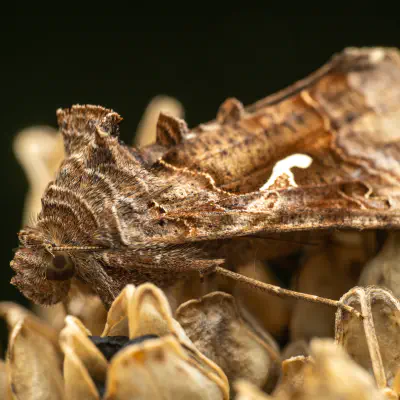The ruddy darter is to be found in temperate regions throughout Europe as far east as Siberia and as far south as the northern Sahara. Its conservation status is regarded as secure, and indeed numbers seem to be increasing in some locations such as central England. It is present in the following countries: Albania; Algeria; Armenia; Austria; Azerbaijan; Belarus; Belgium; Bosnia and Herzegovina; Bulgaria; Croatia; Cyprus; Czech Republic; Denmark; Estonia; Finland; France; Germany; Greece; Hungary; Ireland;
Italy; Kazakhstan; Kyrgyzstan; Latvia; Liechtenstein; Lithuania; Luxembourg; Macedonia, the former Yugoslav Republic of; Moldova; Monaco; Montenegro; Morocco; Netherlands; Norway; Poland; Portugal; Romania; Russian Federation; Serbia; Slovakia; Slovenia; Spain; Sweden; Switzerland; Tajikistan; Tunisia; Turkmenistan; Ukraine; United Kingdom; Uzbekistan.



